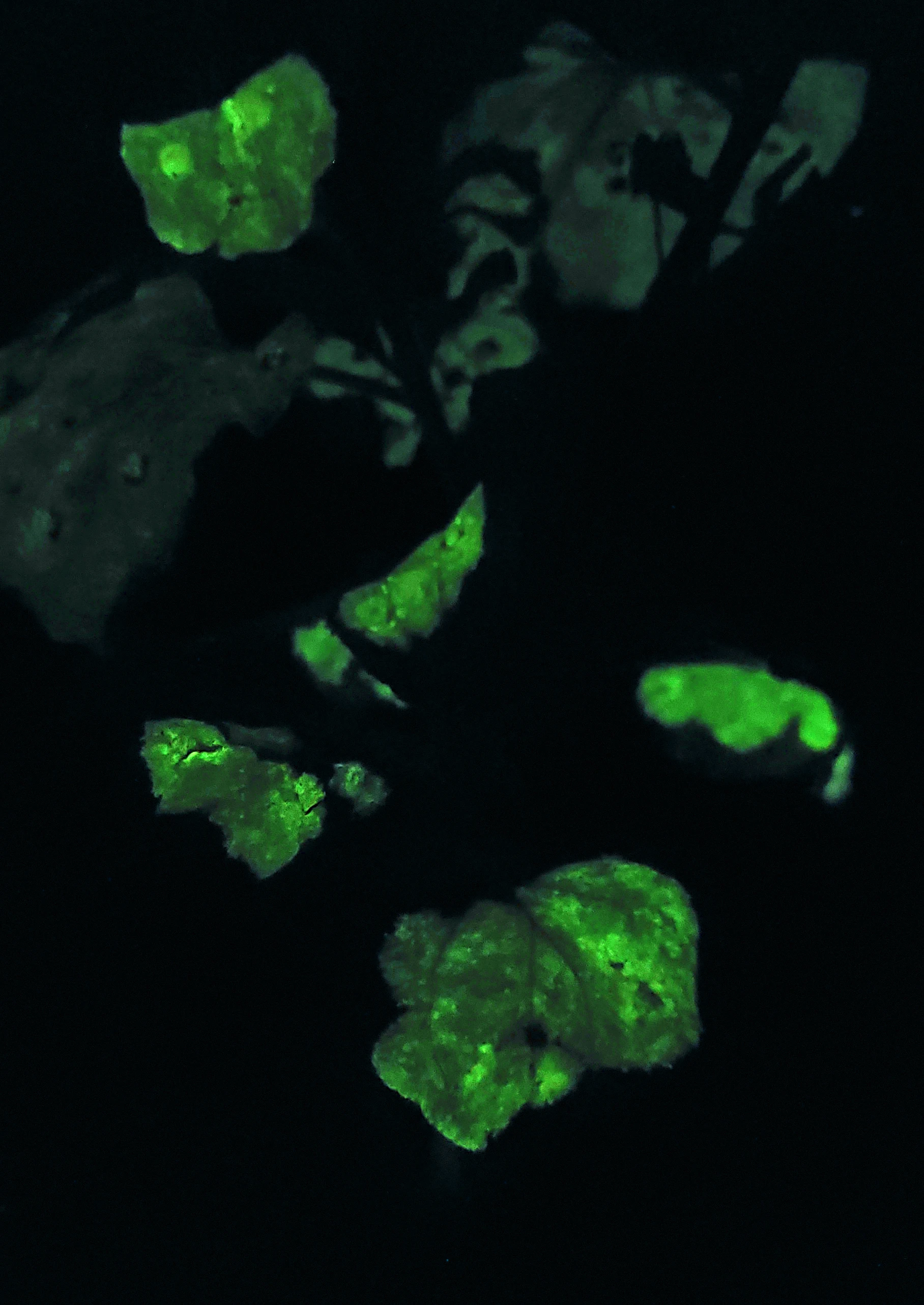
Genetically engineered prototype plant that has been transformed with the genes used for bioluminescence. Photo was taken by phone and has a minor filter applied to reduce the graininess associated with taking dark photos.
Our plants purify the air and produce light in the process.
View Our WorkWe are a Toronto based biotech startup focused on engineering the brightest bioluminescent plants possible. For the last 3 years, our team of experts have meticulously been working on unique approaches for creating real glow in the dark plants. We are now working towards expanding production, the variety of plants we offer, and increasing plant brightness.
Our glow in the dark plants provide a safe and eco-friendly form of alternative lighting for both indoor and outdoor spaces.
Whether you want to replace your desk lamp or light up your backyard, our plants are guaranteed to provide one of the coolest forms of ambient lighting.
The tech behind our plants only recently became possible due to breakthroughs in synthetic biology. By ordering now, you'll be among the first in history to own a real glowing plant.
Our plants are designed to be safe for pets and humans.
Our plants are bright enough to be visible to the naked eye.
Our plants are incredibly resilient and simple to take care of.
Our plants (like all plants) clean the air through photosynthesis.
In nature, there are plenty of living beings that are able to naturally produce light through bioluminescence. While fireflies, plankton, and even mushrooms have figured out the secret to glowing, there is yet to be any naturally occurring plants that can produce light. We've changed that.
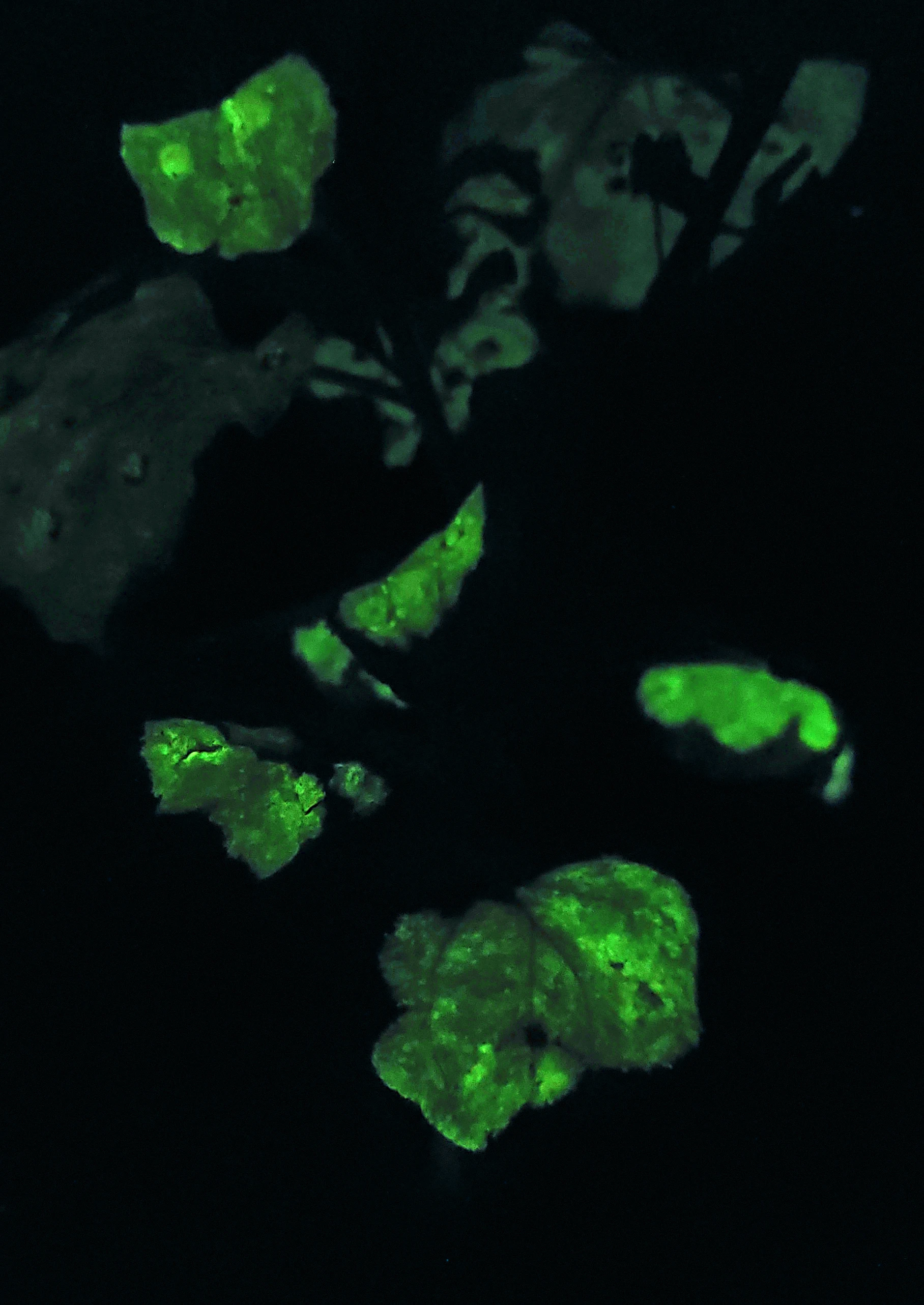

We've spent the last 3 years researching and perfecting our own approach for making bio-engineered plants. The plants we make are designed to be long lasting, bright, and effortless to grow and take care of. After all, they're basically just ordinary plants that glow.
Our plants only require the basic essentials that all plants need to survive like water, decent soil, and daylight. No extra hassle, blacklights, or special chemicals that a lot of knockoff companies try to get you with.
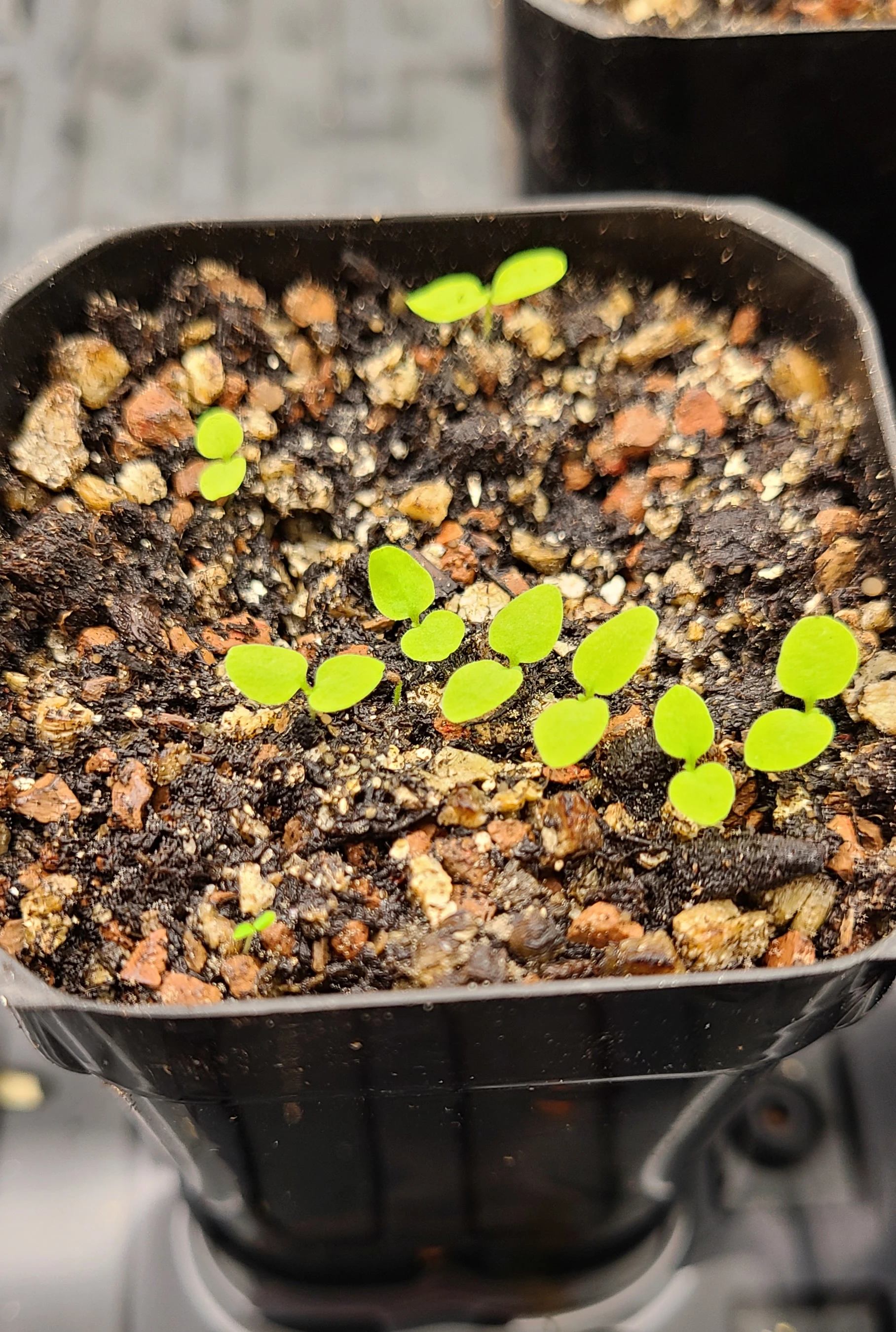
Get notified when we launch and keep up with our latest breakthroughs.
👋 You have successfully signed up for our newsletter!
Something weird just happened and we couldn't process your request.
Try again later or contact us if the issue persists.

Plants are by far some of the most diverse organisms on our planet. They're found on every continent, in the depths of the ocean, and even in wastelands which they play a major role in detoxifying.
Glowleaf was founded because I believe that plants have the potential to solve some of the biggest challenges we are facing today. Even though we initially started out as a passion project 3 years ago, I'm really thrilled about the progress we've made.
I want to create a future where we could replace streetlights with palm trees, and have arguably one of the coolest ways to reduce CO2 emissions.
We've established methods that allow us to effectively make any plant bioluminescent using safe and organic biochemical reactions. Our plants are engineered to contain special genes that encode for proteins that produce light.
What you see right now is only the beginning. We plan to expand to different plant species likes roses, trees, lilies, and maybe even something like bamboo.
We prepare a sample of plant cells from the plant we want to genetically engineer with the glow in the dark genes.
The bioluminescence genes are introduced into the plant cells and integrated into their genomes.
The modified plant cells are grown in test tubes and monitored to make sure they've taken in the genes properly.
Healthy plants are transferred to a pot and grown for successive generations to make sure that they're stable.
NOTE: This diagram is an oversimplification of our actual process with certain details that are intentionally omitted. Not to brag but our actual process is a tad more complicated.
Our plants are designed to be safe for pets and humans.
Our plants are bright enough to be visible to the naked eye.
Our plants are incredibly resilient and simple to take care of.
Our plants (like all plants) clean the air through photosynthesis.

At glowleaf safety is our top priority. We engineer our plants to be non-toxic, safe for humans / pets, and ecologically friendly.
We strictly adhere to local regulations and take extra care to ensure our products meet the requirements.

Past attempts at producing glowing plants weren't very effective since they were rarely bright enough to see with the naked eye, or depended on external factors.
Most of our research has been especially focused on maximizing light output so that our plants can glow bright.

We specifically engineered our plants to be hassle free and only require basic levels of care so that anybody can grow and care for one.
Care for them like any other plant, no need for anything tedious.

All our products are designed with sustainability in mind and plants rest at the foundation of practically all ecosystems.
We want to leverage plants to produce a low-cost alternative to traditional lighting that converts CO2 emissions into light and clean air.
Our plants are 100% real living-breathing plants that are able to produce light completely on their own. As long as our plants are alive and well taken care of, they will continue to glow in the dark. There's no need for UV lights, special paints/coatings, or anything like that. Just a very cool plant 😎.
Our plants are engineered with special DNA that encode proteins that can turn chemicals that are naturally found in plants into visible light. There are no byproducts, nor does this cause any harm to the plant or any living things around it. But keep in mind our plants are purely decorative, so please don't be weird and don't eat them...
Yeah our plants are super easy to grow and take care of. Seeds usually sprout within 5 days and basically just need moist dirt at first. After that, plants only need to be watered 2-3 times per week and possibly some fertilizer every now and then if you really want them to flourish.
Our plants typically start glowing as soon as their true leaves emerge. The brightness of the plant is tied to the plants metabolism and general health. So if you water your plants 2-3 times a week and give them decent soil. You should notice the plants glowing in no time.
The plants we're planning on delivering to our supporters consist primarily of Arabidopsis thaliana, a small flowering plant native to Europe and Central Asia. Arabidopsis is one of the most commonly used plant species found in labs all around the world. It's easy to grow, it's easy to maintain, and they have cute little flowers that you can show off to your friends.
There are some other plant species we're also considering.
Many prior attempts focused primarily on introducing firefly Luciferase + a luciferin pathway which is sub-optimal for plants. This is because the compound that the Luciferase requires, D-Luciferin, is quite difficult to synthesize in plants as well as potentially cytotoxic. The difficulty in engineering a pathway for D-Luciferin alone opens you up to tons of potential bottlenecks and experimental hurdles that makes this extremely impractical and unlikely to produce a bright plant.

Genetically engineered prototype plant that has been transformed with the genes used for bioluminescence. Photo was taken by phone and has a minor filter applied to reduce the graininess associated with taking dark photos.
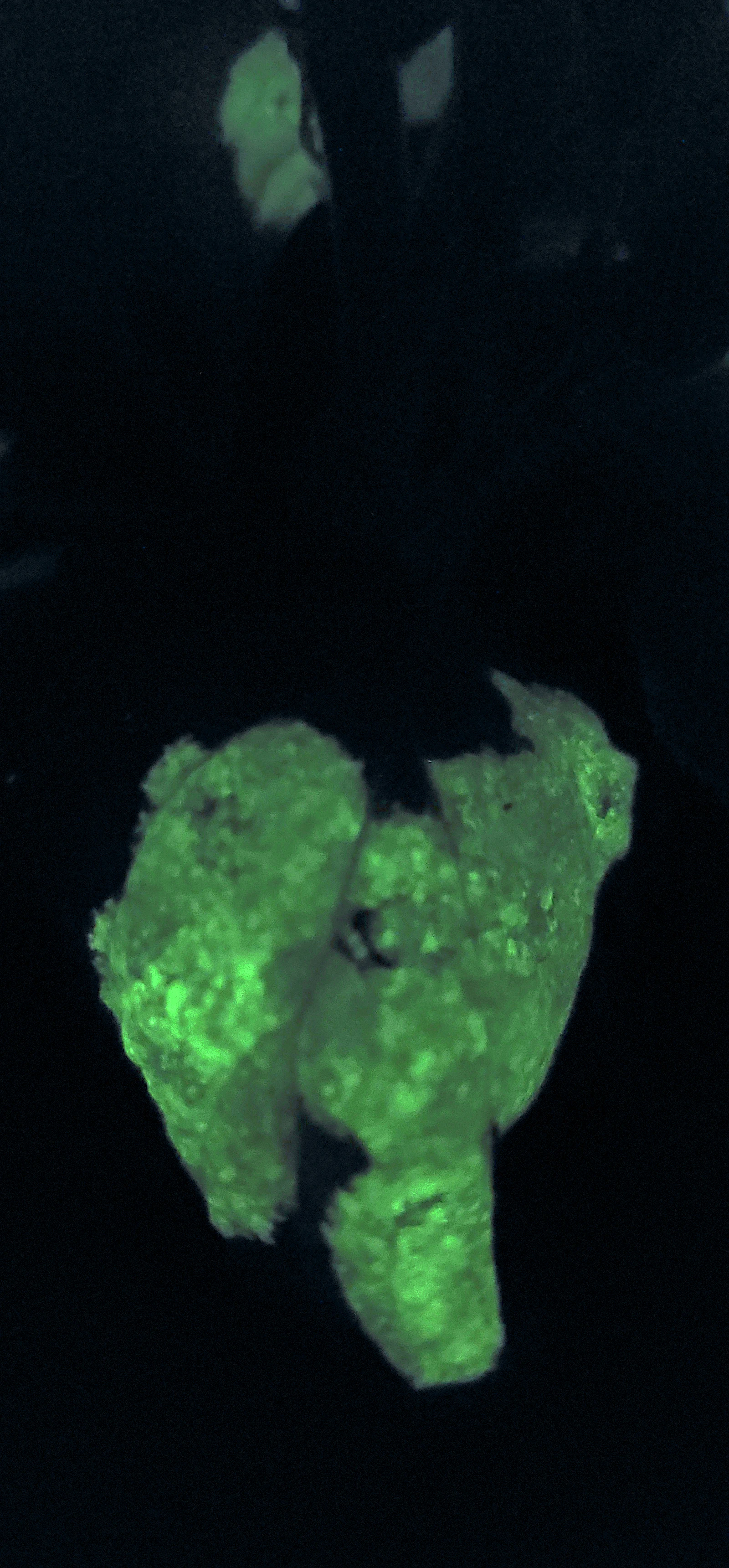
Close up of one of our prototype plant's leaves. If you look carefully you can actually see the "hot spots" or sections of the leaf that are most active and have expressed more of the bioluminescence genes.
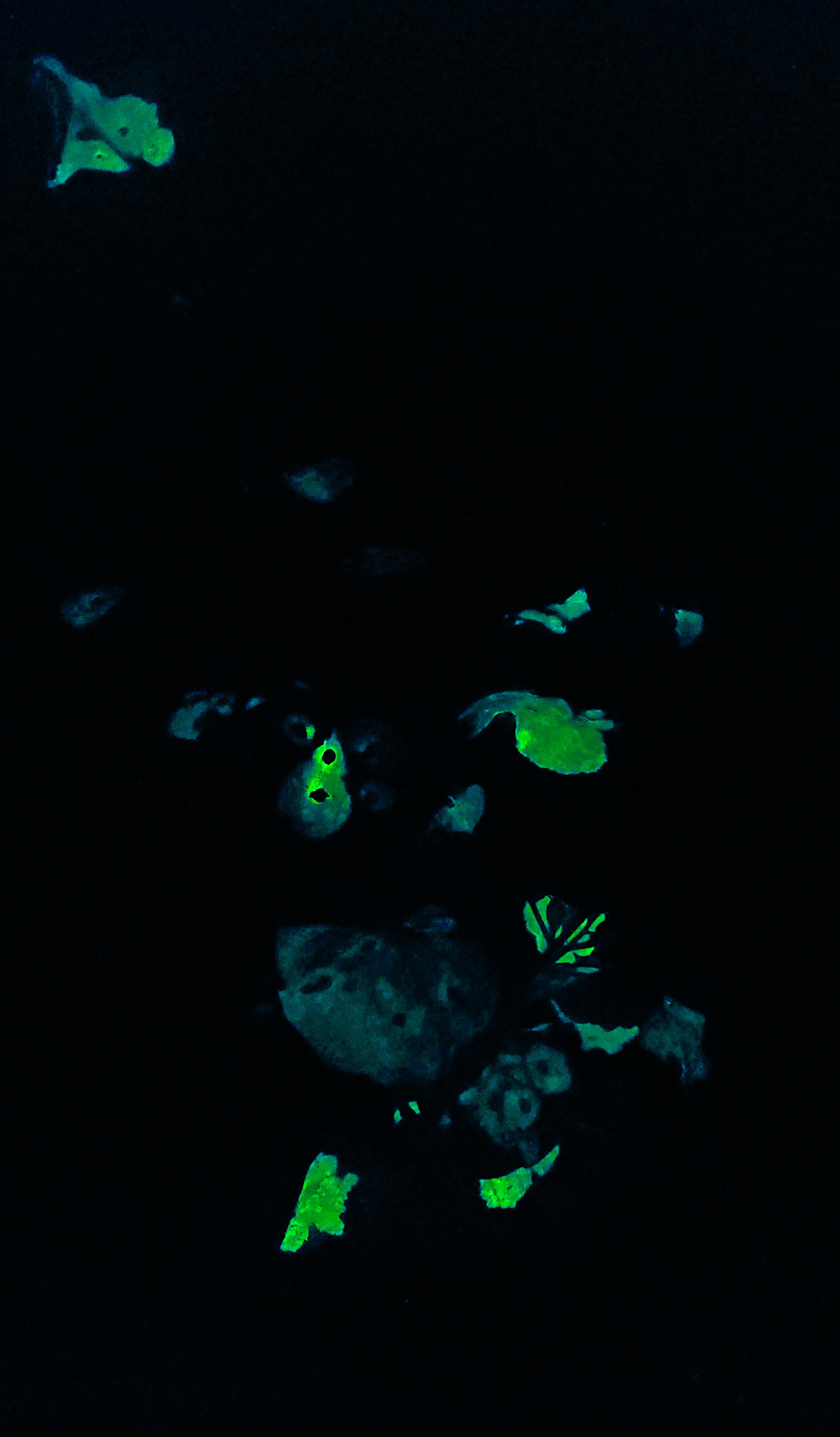
In this shot we demonstrate the brightness of our system by introducing the bioluminescence genes to only certain leaves. Since only some parts of the plant have the "glow genes", most of the plant is hidden away in darkness.
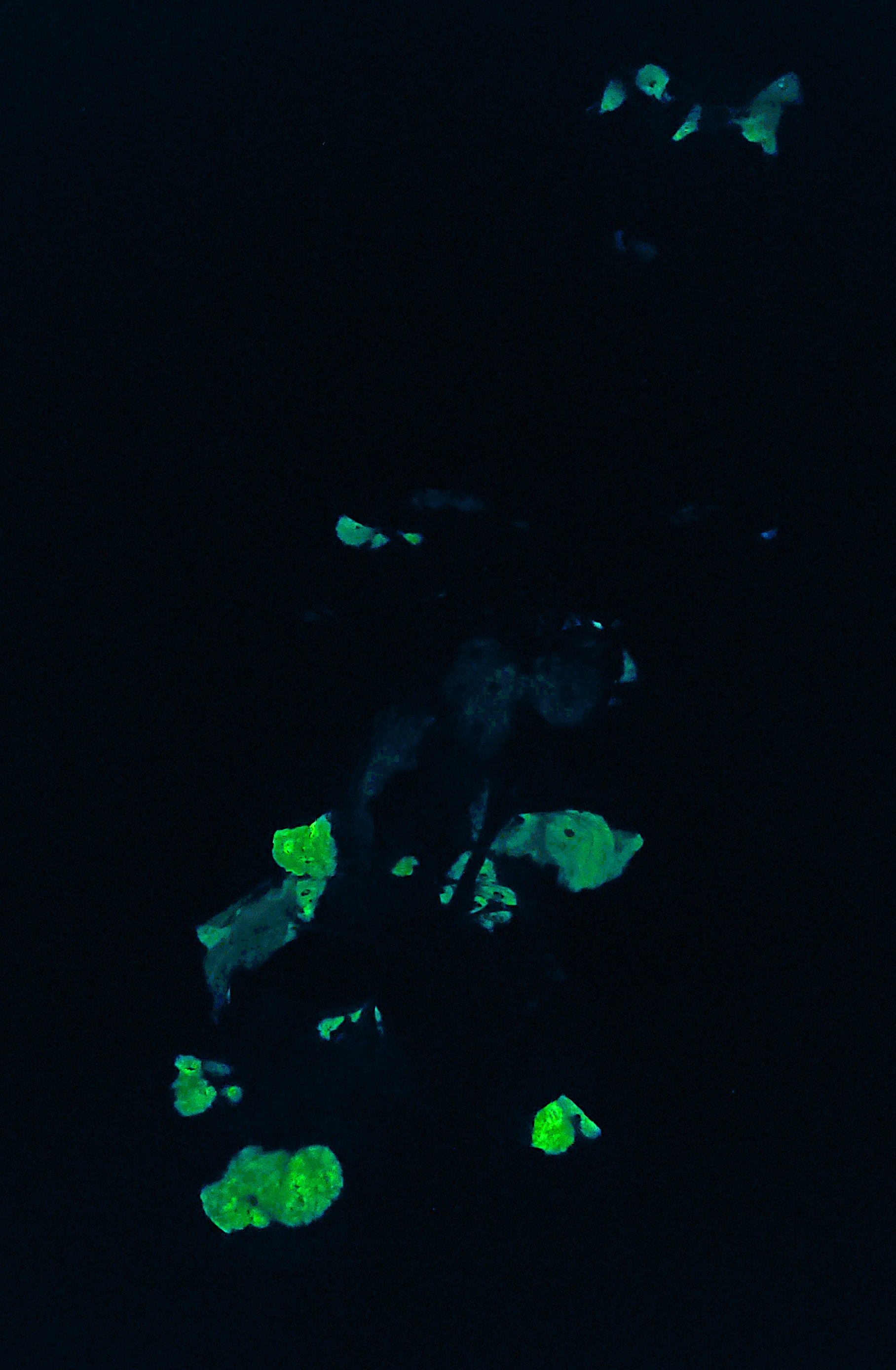
This shot is very similar to the last one and is the same plant but from a different angle.
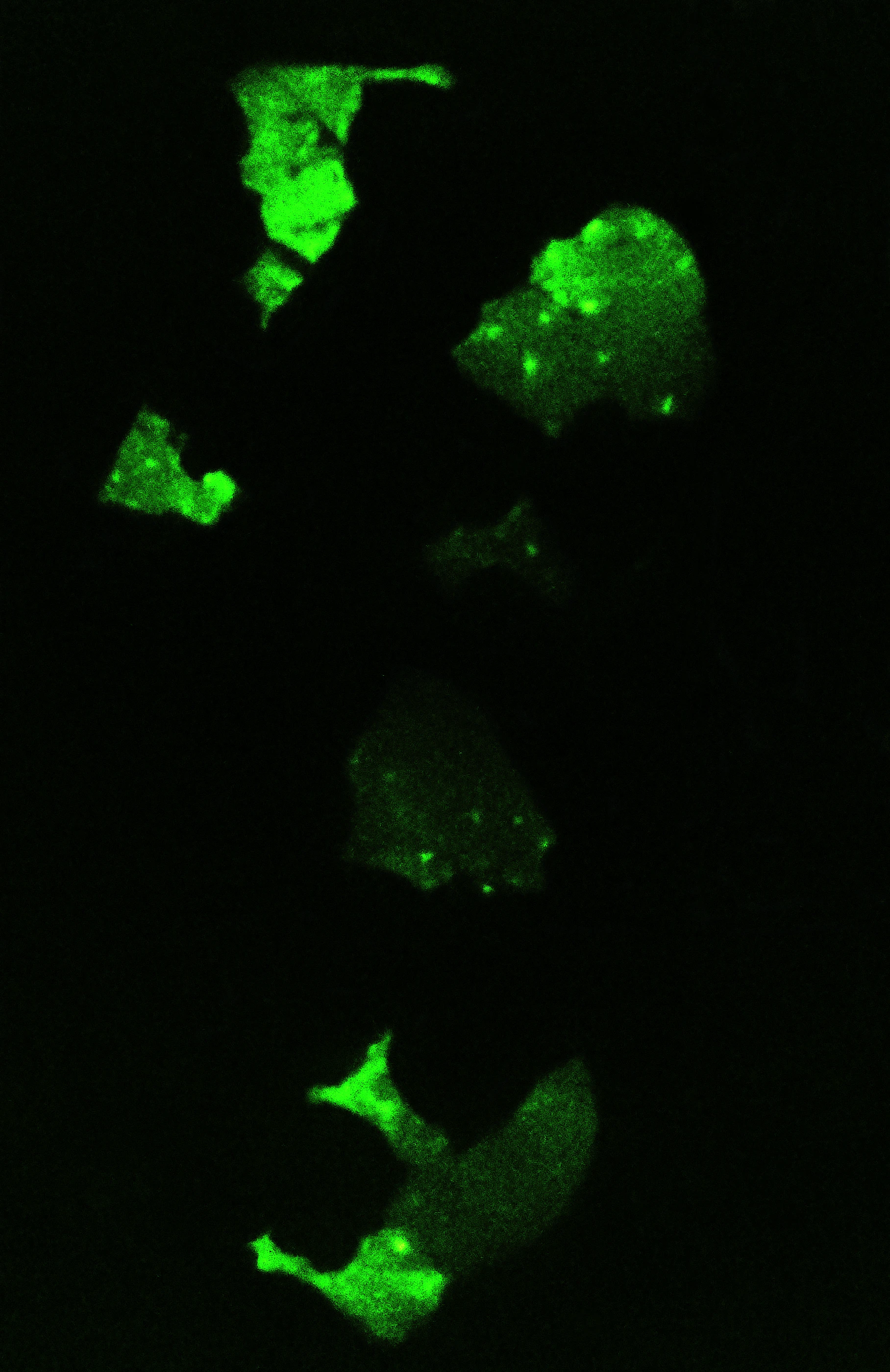
A low exposure shot of one of our prototype plants. Like some of the previous images, we only activate the the new genes in some parts of the plant so we can observe the differences.
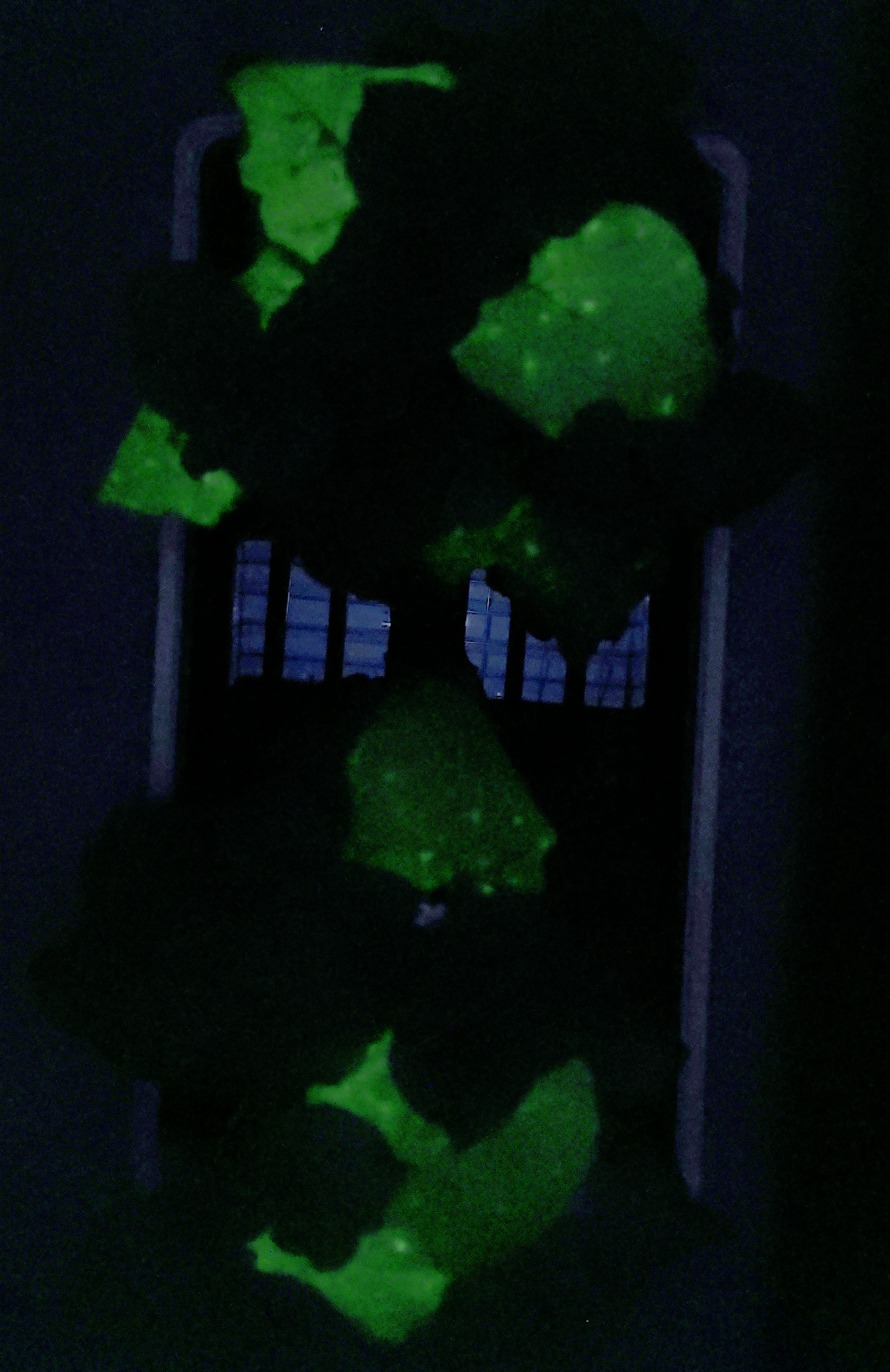
Same shot but a bit more light
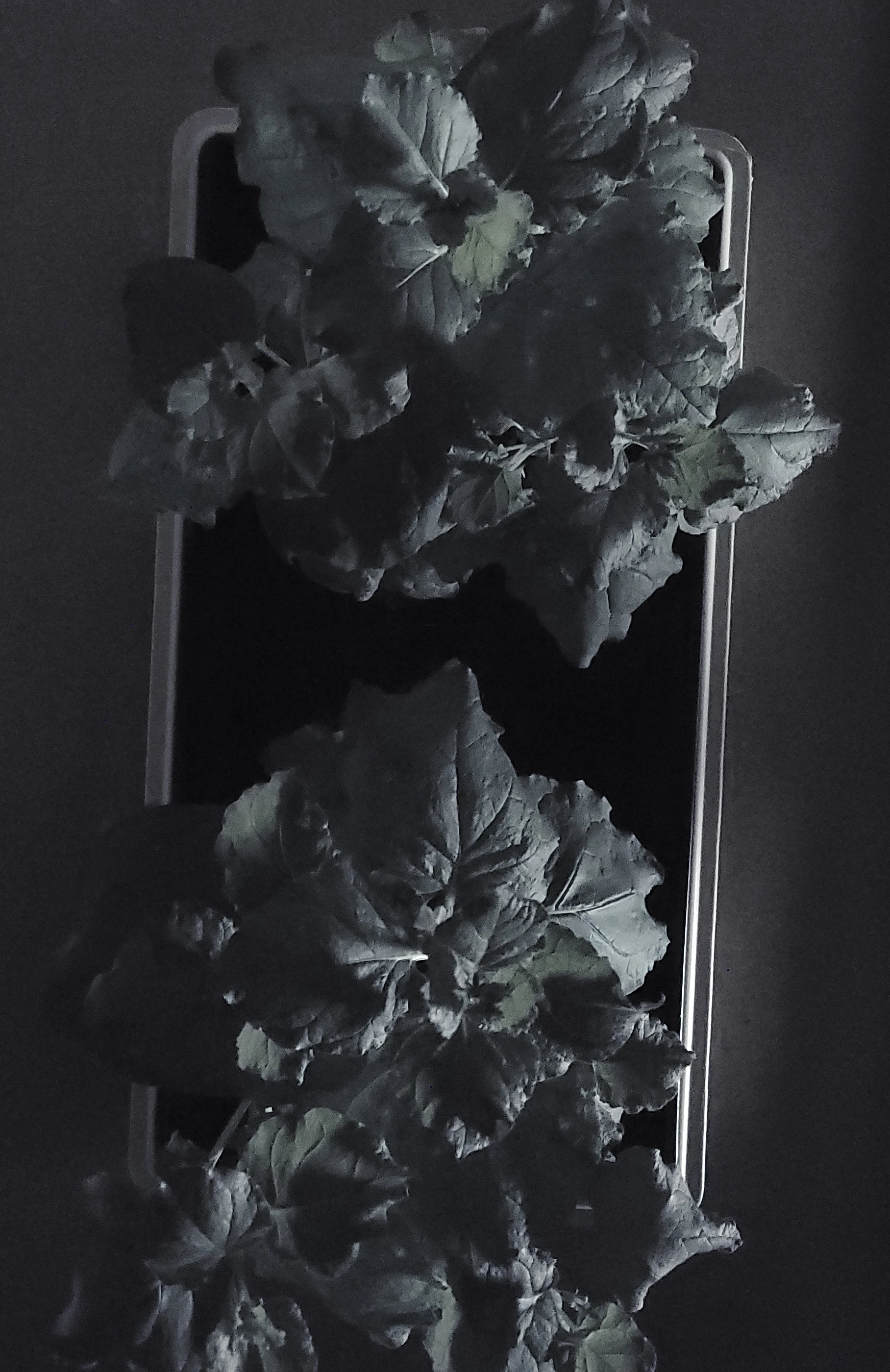
Same shot but under bright light.
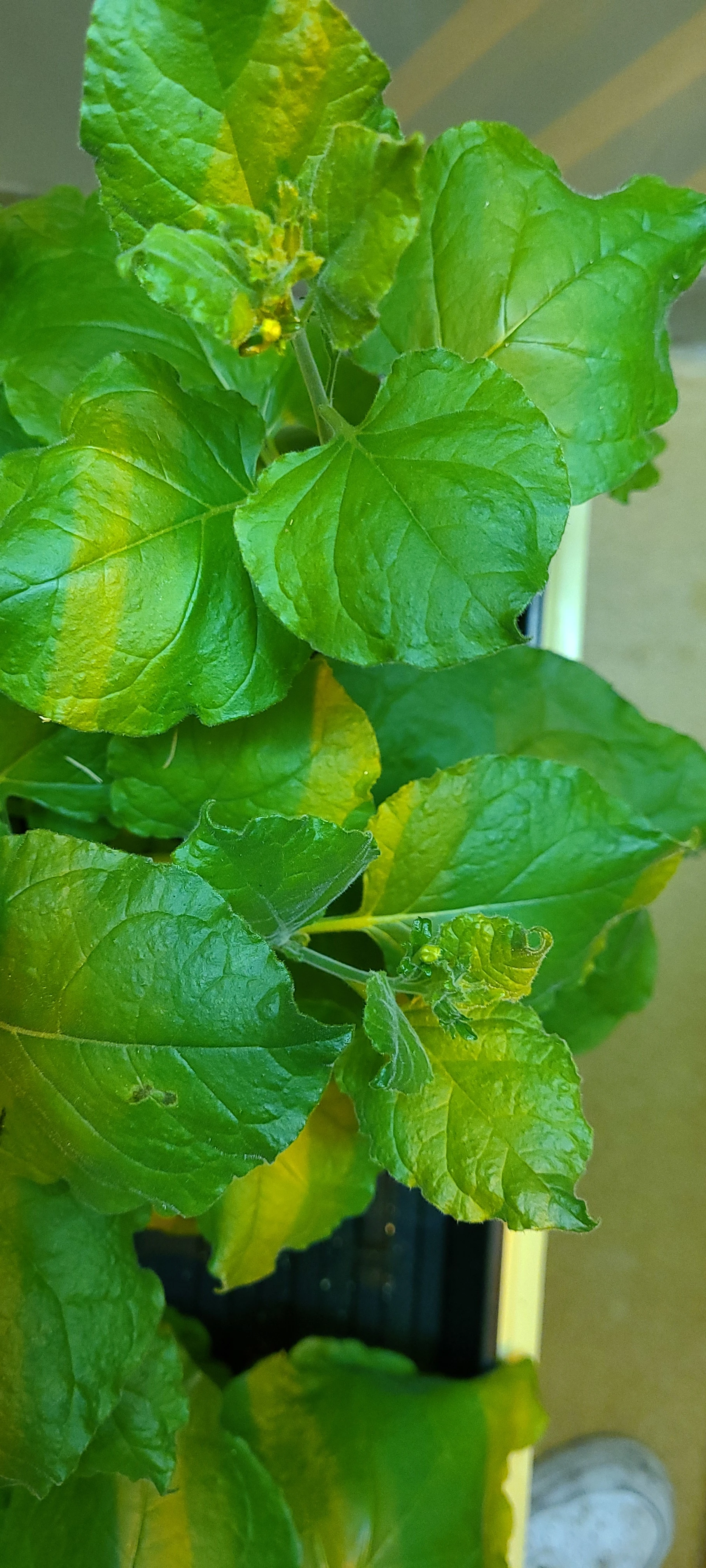
One of our prototype plants under regular lighting conditions. As we can see it's pretty much just a regular plant until the lights go out.
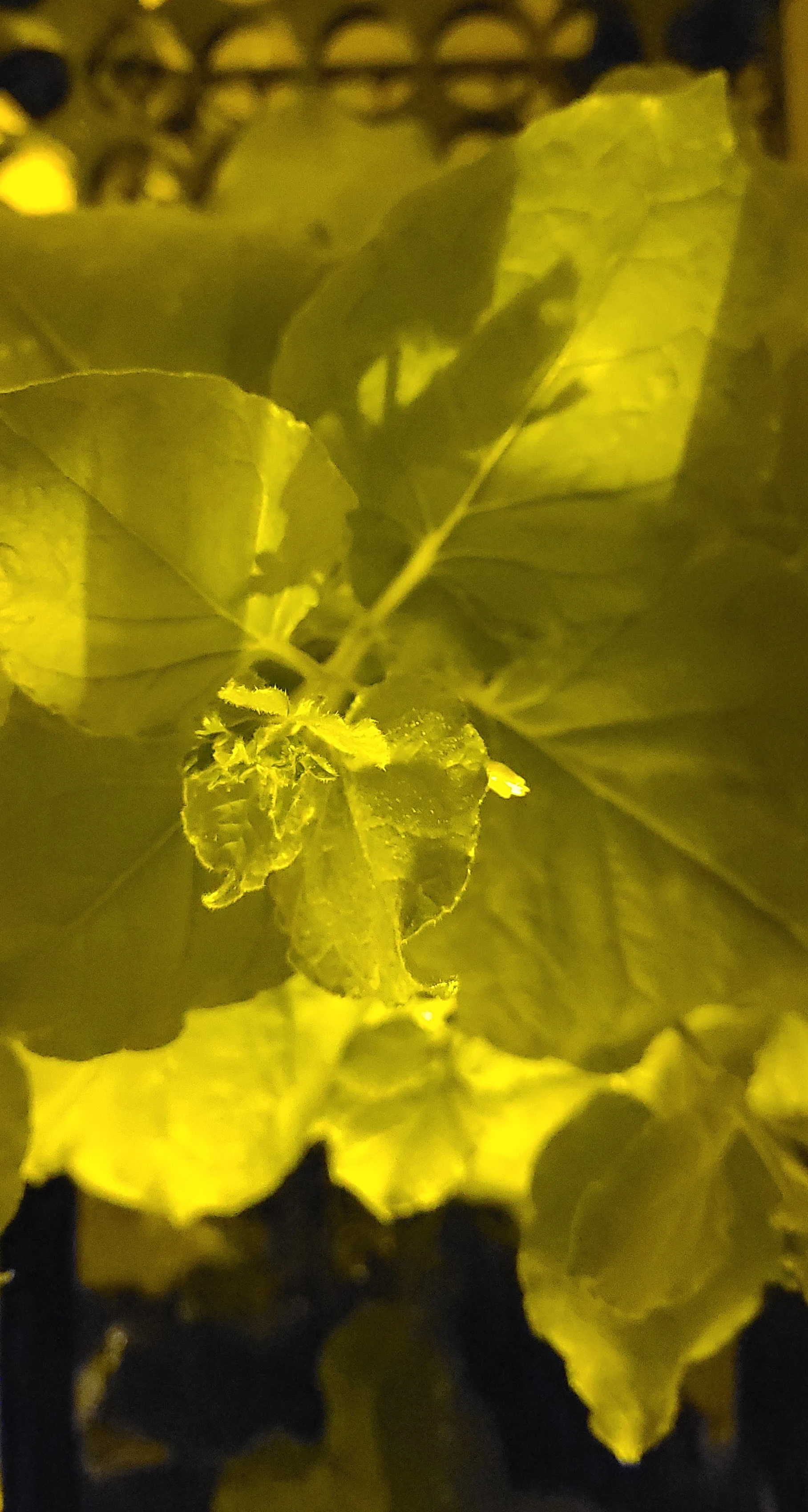
Closeup of one of our prototype plants under regular a yellow light.
Note that some photos have filters applied to them to improve contrast and reduce graininess that's associated with taking photos in the dark.
Get notified when we launch and keep up with our latest breakthroughs.
👋 You have successfully signed up for our newsletter!
Something weird just happened and we couldn't process your request.
Try again later or contact us if the issue persists.
For investor related inquiries please contact us at invest@glowleaf.bio.